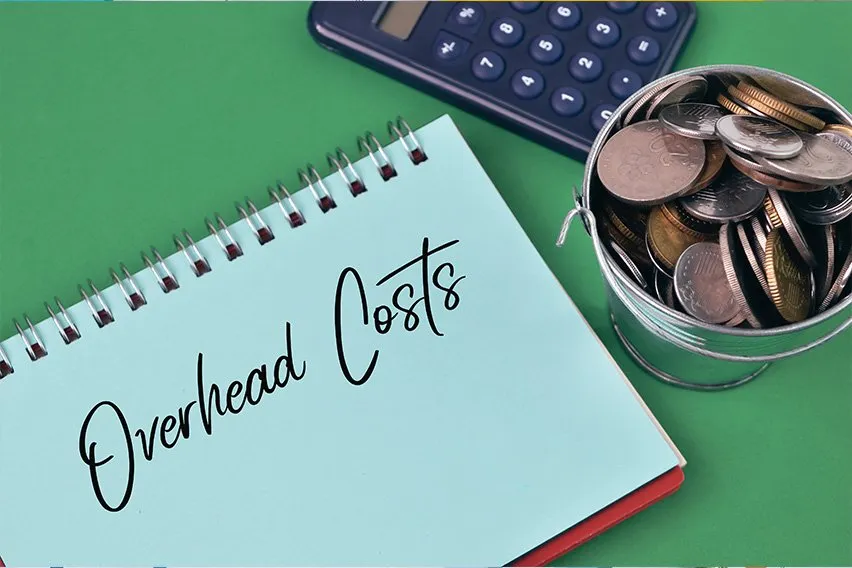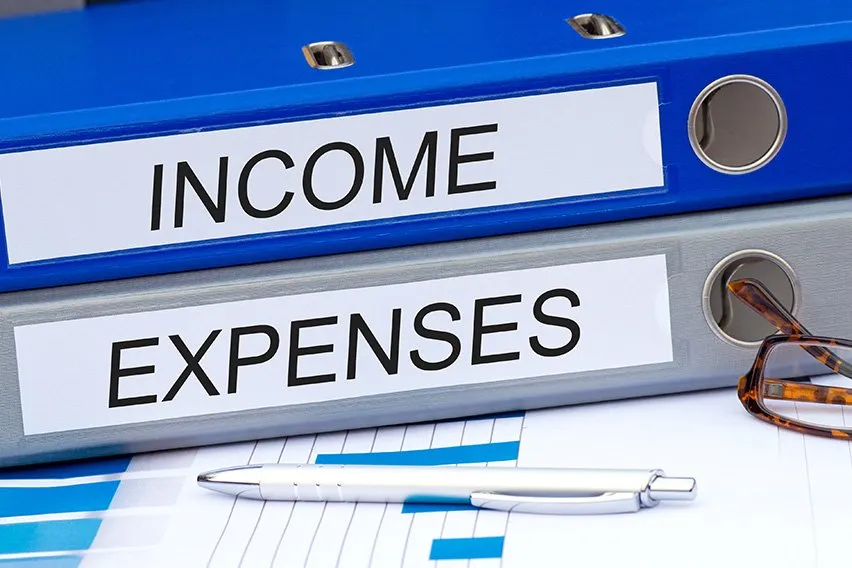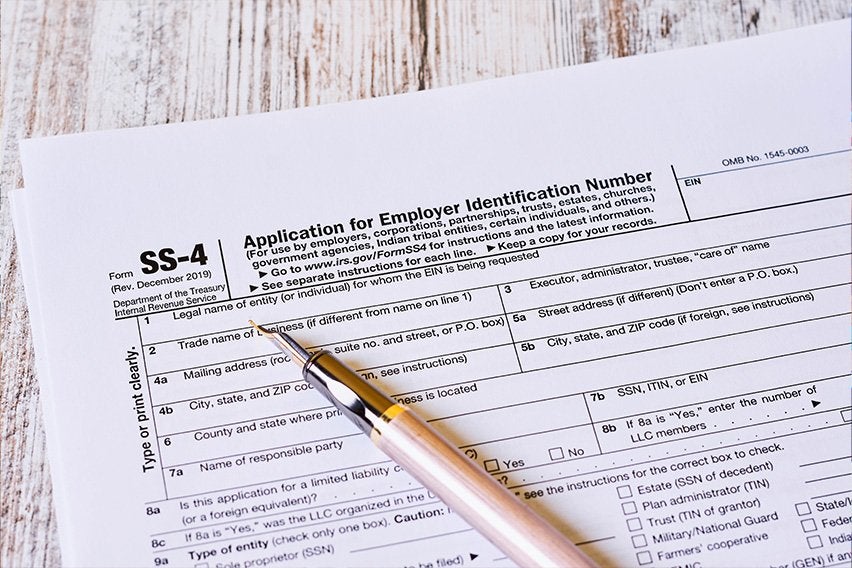How To Start a Graphic Design Business in 2025: 17 Steps

Do you have graphic design skills and experience? Do you have that entrepreneurial spirit in you? If so, you must take time to learn how to start a graphic design business. While being a skilled designer is key, it won’t make a difference if you don’t have a solid business plan behind your work.
In this guide, we’ll explain how to create a thriving career out of graphic design, with tips specifically put together for freelancers, independent contractors, and self-employed entrepreneurs. If you’re ready to get serious about starting your own graphic design business, this guide is for you. Let’s have a look and break down the process into 17 steps to success.
Key Takeaways
- When done correctly, a graphic design business can be very lucrative.
- Key elements for success in graphic design include a strong business plan, a specialized niche, and consistent lead-generation efforts.
- Professional design can be slow to start but will pick up as your portfolio and reputation grow.
- Professional graphic designers need business tools to help with project proposals, invoice creation, and payment management.
Table of Contents
- Choose a Name for Your Graphic Design Venture
- Register Your Business Name
- Obtain Your Tax Identification Number
- Establish a Business Bank Account
- Obtain the Necessary Permits and Licenses
- Obtain Business Insurance Coverage
- Develop a Comprehensive Business Plan
- Determine Pricing Strategy
- Build a Business Website
- Find Your Initial Clients
- Create a Proposal Template
- Get in Touch with Your Clients
- Deliver High-Quality Work
- Generate and Send Professional Invoices
- Manage Invoice Payments
- Collect Testimonials
- Request Referrals
- Do’s and Don’ts When Starting a Graphic Design Business
- What Does a Graphic Designer Do?
- Graphic Design Business Ideas
- Kickstart Your Graphic Design Venture
- Frequently Asked Questions
1. Choose a Name for Your Graphic Design Venture
First things first, you’ll need a great name for your business. Make sure to choose something easy to spell and remember, which will help when someone wants to refer you or look you up. You could also name your business after yourself if you prefer. While you’re at it, take some time to create a great logo—it should reflect your design skills, of course, advertising your abilities to prospective clients.

2. Register Your Business Name
With your name (and logo) sorted, you’ll need to register your business as either a sole proprietorship or limited liability company (LLC). For freelancers without employees, sole proprietorship is the simpler option for tax and financial purposes. If you expand your business later, you can always change your registration to become an LLC.
3. Obtain Your Tax Identification Number
Once your name has been registered, you can apply for your federal and state (if applicable) tax identification numbers. This is essential to become a legal business entity. It’s free and quick to apply for your federal employer identification number (FEIN) with the IRS when you use their online service. You’ll have to double-check the process for state employer account numbers in your specific state, and apply for that number if required.
4. Establish a Business Bank Account
Though not strictly required when you start out, opening a business bank account for your budding graphic design enterprise is highly recommended. This will help you keep business and personal finances separate, making taxes and accounting much simpler throughout the year.
5. Obtain the Necessary Permits and Licenses
This step will mostly depend on the state and municipality that you operate within. Depending on your location and the nature of your business, you might be required to obtain business permits, licenses, or registrations. Check out your state’s official website for more information.
6. Obtain Business Insurance Coverage
Business insurance might not seem necessary at first, but you’ll be glad you have it. Business insurance can help protect you from lawsuits, cover financial losses resulting in disputes about ownership or originality, and assist with costs related to data loss due to corruption or cyber attacks.
7. Develop a Comprehensive Business Plan
If you fail to plan, you plan to fail—this old adage is especially true for starting a business, so be sure to consider it thoroughly as you’re in the preparation stages. Map out the way that every aspect of your business will operate, including:
- What services and packages will you offer?
- What industry/project type niches will your business focus on?
- Who are your target customers?
- What will your rates be?
- What’s your plan to find graphic design clients?
- How can you get on retainer with your clients?
Considering these questions and working them into your overall business plan will give your design startup a much-needed boost in the early days.
8. Determine Pricing Strategy
When you set your pricing, it’s crucial that you consider your expenses, your material/equipment costs, and of course, how you value your time and labor. Think about your ideal monthly revenue, then work out how many clients you would need (and how much they would be paying) to make that possible. Work backward from these numbers to help you set your rates. Also, be sure to consider whether you’ll charge hourly or by the project.
9. Build a Business Website
Today, every business has a website—which means yours will need one too! It’s never been easier to build your own business website. At a minimum, it needs to include is your:
- Portfolio
- Rates
- An ‘About Me’ section
- Contact information
Websites like this are usually simple and inexpensive to create and the value they provide more than makes up for the costs of securing a domain.
10. Find Your Initial Clients
With the groundwork mostly set, it’s time to strike out and find your own business. Here are a few tips to help you find some initial clients to kickstart your new graphic design business:
- Spread the word yourself—personally tell your friends, peers, family members, and anyone else you can about your new venture
- Take a moment to update your LinkedIn profile and your other social media accounts
- Try an online marketplace like Upwork or Fiverr to find some quick, easy jobs for your portfolio, especially if you can secure contracts with small business owners
- Use your downtime between clients to design and sell products, such as digital prints, apparel, stickers, and anything else you can think of
Provided you do good work for this initial round of clients, some of them should pass the good word to other people they know. Hopefully, this results in more business for you later on!
11. Create a Proposal Template
Custom proposals are a great way to demonstrate the value of your services to prospective clients. They also make you appear prepared and professional—both are great traits for a professional designer. If you don’t want to spend too much time creating great-looking proposals, you can use a tool like proposal software, which is quick and easy to fill out for each job you outline. Plus, it’s simple to customize it to reflect the branding of your own business—essential for graphic designers who want to be taken seriously. For guidance on choosing the right software, check out our article on the Best Proposal Software, which will help you select the right tool based on your needs.
12. Get in Touch with Your Clients
Consistent client communication is essential for your success in the graphic design business. While much of the work itself is independent, it’s important to create a reputation for keeping in touch with your clients. This helps keep you in your clients’ minds (making them more likely to hire you again) and also ensures your projects go ahead without any hold-ups or miscommunications.
13. Deliver High-Quality Work
Of course, nothing else on this list matters if your work isn’t up to snuff. Take your time with each project, treating it with the care and attention to detail that your graphic design clients expect (and are paying for). Follow your briefs closely and always deliver on time. This will ensure you leave a good impression, making clients more likely to work with you again.
14. Generate and Send Professional Invoices
Invoicing is a key process to master for any business owner, and graphic designers are no exception! While creating invoices is crucial for getting paid on time and in full, it can be a time-consuming process without the proper help. Free invoice templates help you make invoicing simpler and more efficient.
15. Manage Invoice Payments
Your invoices are sent, but you’re still waiting to get paid. Invoice payment management is essential to maintain a healthy cash flow for your business, and following up individually with every account can become overwhelming quickly. Try a tool like invoicing software to make invoices a breeze with the help of features like automated payment reminders, credit card payment capability, and much more.
16. Collect Testimonials
When you deliver work to a happy client, ask them for a testimonial afterward. Make it as easy as possible for them—suggest they leave a review on your LinkedIn, marketplace profile, or Google Review page. This will help you grow your reputation (and your portfolio) at the same time.
17. Request Referrals
Lastly, politely ask your happy clients if they’d consider referring you to other businesses or solo entrepreneurs who might need your services. A word-of-mouth referral from a business owner is one of the most valuable leads you can get, so try to get used to requesting them when you finish a project.
Do’s and Don’ts When Starting a Graphic Design Business
As you go through the process of getting your graphic design business off the ground, it’s vital that you follow some best practices to ensure success. Remember: You’re a business owner in addition to a designer. Here are a few of the top Do’s and Don’ts for graphic designers beginning their business:
Do’s
- Remember the value of your work—don’t get sucked into the cycle of undercharging for work just to secure a contract
- Focus on your business strategy from the beginning—it’s your roadmap to success
- If possible, seek mentorship from a seasoned freelance graphic designer who has learned lessons about your industry the hard way
- Prioritize authenticity—your individual tastes and aesthetics will set you apart from the competition
- Spend lots of time building your online presence through social media and your website—it’s a valuable lead-generation tool for finding new graphic design clients
Don’ts
- Do any work without a formal agreement—contracts and work agreements protect you from disputes, missed payments, and other professional issues
- Agree to every single project—if you can, try to be selective to ensure you’re building an authentic, honest, and well-compensated portfolio that reflects your tastes, worth, and values
- Niche down too far—while it’s good to focus on certain industries, don’t take this too far and alienate potential graphic design clients in slightly different niches
- Lose sight of your ‘why’! Your vision or mission statement—the reason you got into this business instead of something else—should propel you every single day
What Does a Graphic Designer Do?
Graphic designers provide services related to printed and digital creative designs that can be used for many different types of media. Graphic designers are responsible for creating visual, physical, and digital products to use for signs, logos, advertisements, displays, and more.
Graphic design businesses also leverage technology to create digital elements for websites and online spaces. This might include designing web layouts, typefaces, digital illustrations, and more. In many scenarios, graphic design professionals either have a background in art, or work alongside art directors and web developers to produce the right products for a given project.
Graphic Design Business Ideas
The graphic design industry is broad, with countless niches, specializations, and approaches for new professionals to choose from. As you start your business, it’s recommended that you work to establish yourself in a particular niche as soon as possible. This will help you become known as an expert in this area and attract higher-quality, higher-paying clients who need your particular skill set.
Here are a few of the more common graphic design niches that you might consider specializing in:
- Branding: Graphic design for brands and brand development (e.g., logo design, color schemes, etc.)
- Print design: Layout and print design (relevant for magazines, newspapers, and other physical or printed publications)
- Advertisements: Marketing and advertising-related graphic design services
- Packaging: Graphics for physical packaging and product labels
- Motion Graphics: For videos, animations, etc.
- Website Graphics: Images and designs for web and mobile development
No matter how you choose to position your business, it’s important that your niche is well-defined and in demand. Advertise your specializations wherever you advertise yourself, and continuously seek out businesses and clients in this area to further cement yourself as an expert.
Kickstart Your Graphic Design Venture
With a better grasp on the 17 essential steps to beginning a graphic design business, you’re on your way to getting started the right way. You must have a strong business plan, a clear mission for your venture, and a collection of tools to make things easier on yourself.
You deserve to focus on your creative work, and your time shouldn’t be wasted fiddling with spreadsheets or emailing countless invoices. Accounting software is an invaluable tool for the busy graphic designer, ensuring the business side is handled so you can focus on what you do best. Try FreshBooks free today!

FAQs About Starting a Graphic Design Business
Do you have more questions about starting your graphic design business? Here are some answers to frequently asked questions about starting a graphic design business.
How do you start a graphic design business online?
Starting an online graphic design business comes down to a great business plan, focused marketing, and building a strong portfolio. It might be difficult to land some initial clients, but once you do, you can leverage these projects for testimonials, portfolio examples, and referrals.
How do you start a graphic design business with no money?
You can start your graphic design business for next to nothing! It’s free to register for a tax ID number, and you can take on small projects on sites like Fiverr or Upwork to kickstart your portfolio. From here, you can try to work your way to higher-paying clients as your reputation grows.
Is a graphic design business profitable?
Becoming a graphic designer can be a profitable venture if done correctly. Because it depends on other businesses, there will almost always be a demand for design of some type. With that said, it takes time and effort to create a profitable business plan and develop a healthy roster of clients.
How much does it cost to start a graphic design business?
You could become a professional graphic designer for very little. The basic expenses are design software ($33.99 per month for Adobe Creative Cloud), a website domain ($0-$226 per month depending on your chosen platform), and your usual bills for a home design studio.
Reviewed by
Jami Gong is a Chartered Professional Account and Financial System Consultant. She holds a Masters Degree in Professional Accounting from the University of New South Wales. Her areas of expertise include accounting system and enterprise resource planning implementations, as well as accounting business process improvement and workflow design. Jami has collaborated with clients large and small in the technology, financial, and post-secondary fields.
RELATED ARTICLES



 The Military Veteran's Guide to Starting a Business: Everything You Need to Know and More
The Military Veteran's Guide to Starting a Business: Everything You Need to Know and More When Should You Make Your First Hire?
When Should You Make Your First Hire? How to Reduce Overhead Costs: The Small Business' Guide
How to Reduce Overhead Costs: The Small Business' Guide How to Keep Track of Expenses and Profits?
How to Keep Track of Expenses and Profits? EIN (Employer Identification Number): Who Needs It & How To Apply?
EIN (Employer Identification Number): Who Needs It & How To Apply? Crowdfunding for Business: 17 Best Sites To Get Capital
Crowdfunding for Business: 17 Best Sites To Get Capital